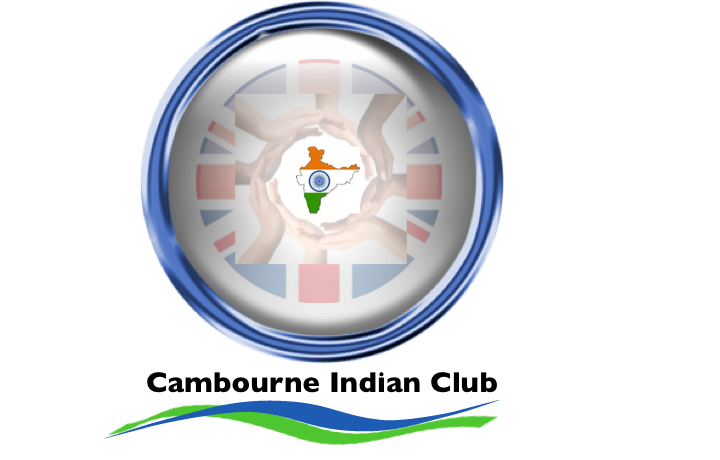India’s Geography
India’s geography is incredibly diverse, encompassing a wide range of landscapes, climates, and natural features. Here’s an overview of India’s geographical characteristics:
1. Location & Boundaries
- Continent: Asia (South Asia region).
- Latitudinal and Longitudinal Extent: Between 8°4′ N and 37°6′ N latitude, and 68°7′ E and 97°25′ E longitude.
- Area: 3.28 million square kilometers, making it the seventh-largest country in the world by land area.
- Borders: India shares its borders with:
- Pakistan to the west,
- China, Nepal, and Bhutan to the north,
- Bangladesh and Myanmar to the east,
- Surrounded by the Indian Ocean to the south, with the Bay of Bengal to the southeast and the Arabian Sea to the southwest.
2. Physiographic Divisions
India can be divided into six main geographical regions:
1. The Northern Mountains (The Himalayas)
- Location: Stretch across the northern border of India.
- Sub-regions:
- Great Himalayas (Himadri): The highest and most prominent range, home to Mount Everest (8,848 meters) and Kangchenjunga (8,586 meters), the third highest peak in the world.
- Lesser Himalayas (Himachal): Lower in height, includes hill stations like Shimla and Darjeeling.
- Shivalik Hills: The outermost and lowest range.
- Significance: Acts as a natural barrier, protects against cold winds from Central Asia, and is the source of many major rivers.
2. The Indo-Gangetic Plains
- Location: Extends across northern and eastern India, between the Himalayas and the Deccan Plateau.
- Regions: Includes the Punjab Plains, Ganges Plains, and Brahmaputra Valley.
- Rivers: Major rivers like the Ganges, Yamuna, Brahmaputra, and their tributaries flow through these plains.
- Agriculture: One of the most fertile regions in the world, known as the “breadbasket of India,” producing rice, wheat, and sugarcane.
3. The Thar Desert (Great Indian Desert)
- Location: Spreads across western India, primarily in the state of Rajasthan.
- Features: Characterized by arid conditions, sand dunes, and sparse vegetation.
- Climate: Hot and dry, with extremely high temperatures in summer and very little rainfall.
4. The Peninsular Plateau (Deccan Plateau)
- Location: South of the Indo-Gangetic plains, covering central and southern India.
- Regions:
- Deccan Plateau: Lies between the Western Ghats and Eastern Ghats.
- Central Highlands: Includes the Malwa and Chota Nagpur plateaus.
- Features: Older landmass, rich in minerals like iron, coal, and manganese.
- Rivers: Includes rivers like Godavari, Krishna, and Kaveri that flow eastward into the Bay of Bengal.
5. The Coastal Plains
- Western Coastal Plains: Between the Western Ghats and the Arabian Sea, it stretches from Gujarat to Kerala. Narrow and interrupted by rivers.
- Eastern Coastal Plains: Wider than the western plains, stretching along the Bay of Bengal from West Bengal to Tamil Nadu.
- Delta Regions: Includes the Sundarbans Delta formed by the Ganges and Brahmaputra rivers, and the Mahanadi delta.
6. The Islands
- Andaman and Nicobar Islands: Located in the Bay of Bengal, these islands are closer to Myanmar and Thailand than mainland India. Known for tropical forests and diverse marine life.
- Lakshadweep Islands: A group of coral islands in the Arabian Sea. Known for its white sandy beaches and clear waters.
Stay in touch
Fostering a strong Anglo-Indian social, cultural and community presence
Useful Links
Fostering a strong Anglo-Indian social, cultural and community presence


